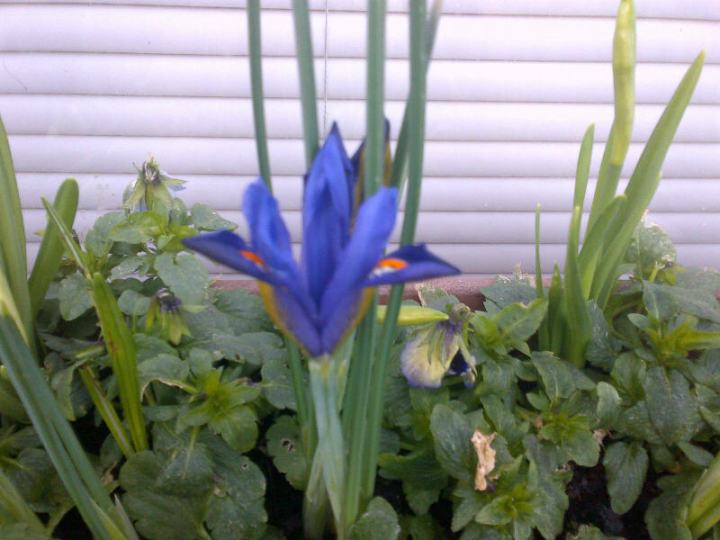This the second post in my “What’s in a bee-friendly flower’s name?” series (punchy title, eh?), where I describe how certain plants beloved of bees got their name, and I’ll tell you a bit about their ecology too. This time it’s honeysuckle, or Lonicera periclymenu. It’s a bit of a beauty isn’t it?
Honeysuckle and its beautiful, powerful scent has always been reminiscent of hazy sunny days to me, and I remember picking it when I was little.
ECOLOGY – Bees need a variety of plants of different shapes and sizes, not only because they need a varied diet but also because the anatomy of different species of flowers is more suitable for certain bee species, e.g. honeysuckle is good for long tongued species such as the Garden Bumblebee. Moth species also feed from honeysuckle, including this strange beauty, the “Broad-bordered Bee Hawk-moth”, which you can see in all its glory below:

Not enjoying honeysuckle today but they proper love it… honest! Photo from http://butterfly-conservation.org/
The plant itself is a native, climbing plant that prefers a sunny spot. It prefers nutrient rich soil and tends to flower in summer. Its fruit is a shiny red berry. To learn more about planting honeysuckle please visit the RHS website.
NAMES – The Latin name of Honeysuckle – Lonicera – refers to a mostly forgotten natural history buff Adam Lonicer who was around in the 1500’s. Linneus named the flowers after him in 1753, which is a pretty cool honour! According to “100 Flowers and how they got their names” by Diana Wells, children of ye olde times used to open up honeysuckle flowers and drink the sweet, honey like substance inside! This is most likely where the plant gets the name honeysuckle from… worth a try if you ever get hungry whilst out and about?
OTHER USES – Honeysuckle vines were often boiled and eaten like a vegetable in the past, and the flowers were boiled into syrups or placed in puddings. There’s still some recipes to be found featuring honeysuckle, here’s a page containing recipes for honeysuckle cordial, scones and vinaigrette! Apparently some people wrap honeysuckle around young straight branches in order to eventually make walking sticks with a spiral pattern imprinted.
MYTHS – I’ve found a few myths about honeysuckle actually! OK, so the first one isn’t an English myth but it’s still rather sweet. In Greek mythology, Daphnis and Chloe were lovers, but they could only be together when honeysuckle was blooming as they lived far apart (no I don’t get it either…). However, besotted Daphnis went to the god of love to ask if honeysuckle could be made to flower for longer, so he and his love could enjoy more time together! Thus explaining why honeysuckle blooms continually during times of warm weather. In some countries, bringing the blooms of honeysuckle into the house means there is going to be a wedding within the year, so if there’s any readers desperate for a wedding, get out there with your secateurs! Lastly, In Scotland, honeysuckle vines were hung on barns to prevent cattle from being bewitched (taken from Garden Guides).
So there you are… more than you ever thought you would know about honeysuckle. Do you have honeysuckle in your garden? If not, it’s certainly worth planting it if you want to create a wildlife friendly garden, and is especially useful if you’ve got a yard, or garden structure, like a pergola to train it up (see this article on the other part of my site about training a bee friendly plant). You can find ways to help bees that suit your circumstances on the other part of the Bee Kinder webpage, simply click the button to the left – “How to Bee Kinder”




You must be logged in to post a comment.